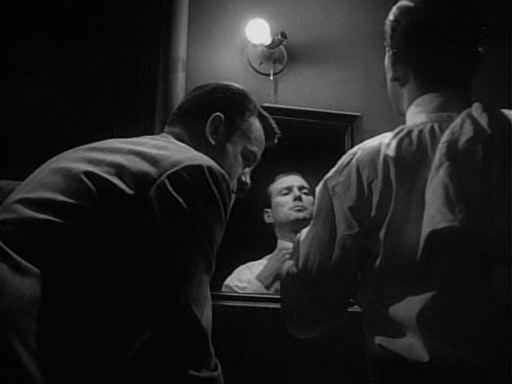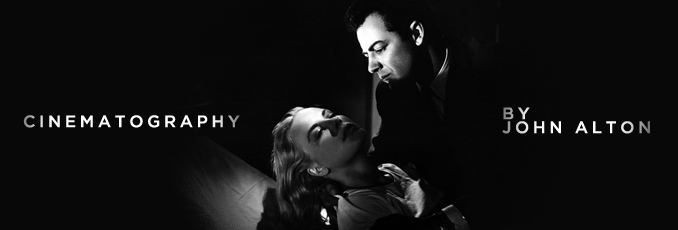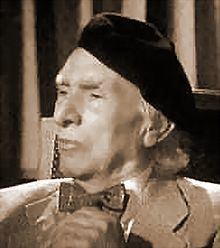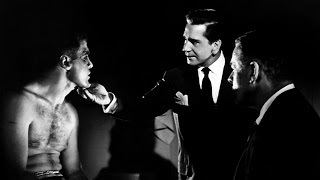Occupation Cinematographer Name John Alton | Role Cinematographer Spouse Rozalia Kiss (m. ?–1987) | |
Full Name Johann Jacob Altmann Books Painting with Light, Thunder Hawk Movies The Big Combo, T‑Men, Raw Deal, He Walked by Night, Border Incident Similar People Anthony Mann, Allan Dwan, Joseph H Lewis, Benedict Bogeaus, Richard Brooks | ||
John alton documentary
John Alton A.S.C. (October 5, 1901 – June 2, 1996), born Johann Jacob Altmann, in Sopron/Ödenburg, Kingdom of Hungary, Austria-Hungary, was an American cinematographer. Alton won an Academy Award for the cinematography of An American in Paris (1951), becoming the first Hungarian-born person to do so in cinematography category.
Contents

John alton master of light
Career

Alton photographed some of the most famous films noir of the classic period. He began as a lab technician in Los Angeles in the 1920s, later becoming a cameraman within four years. He moved to France with Ernst Lubitsch to film backgrounds for The Student Prince in Old Heidelberg (1927) and ended up staying for one year heading the camera department of Paramount Pictures's Joinville Studios. In 1932, he moved to Argentina where he shot many Spanish-language films and designed the country's first sound film studio for Lumiton and Argentina Sono Film.

He returned to Hollywood in the late 1930s, with two dozen film credits, and became one of the most sought after cinematographers of the time.

Alton was known for unconventional camera angles—especially low camera shots. His style is most notable in the films noir: He Walked by Night, The Big Combo, The Amazing Mr. X, T-Men, and Raw Deal.
Alton also photographed many color movies including Slightly Scarlet (a color film noir).
Book
Alton wrote Painting with Light (1949), one of the first books written by a working studio cinematographer. The book put forth several controversial theories for the day, such as depth is created by placing the brightest object in the scene furthest from the camera, and that studio lighting must always simulate natural light in texture and direction. It addresses both conventional and unconventional methods of studio motion-picture lighting. Despite the vast technical advances achieved within the motion picture industry much of the content is still pertinent. Painting with Light (1949) contains essential reading for any budding filmmaker with detailed information and ideas for lighting several difficult interior and exterior setups and situations. The table of contents includes chapters such as "Mystery Lighting", "Special Illumination", and "Visual Symphony".
Filmography
Sources:
Television
In 1966, Alton shot the pilot for Mission: Impossible, which became a successful television series.
Accolades
Wins
Nominations
Other honors
